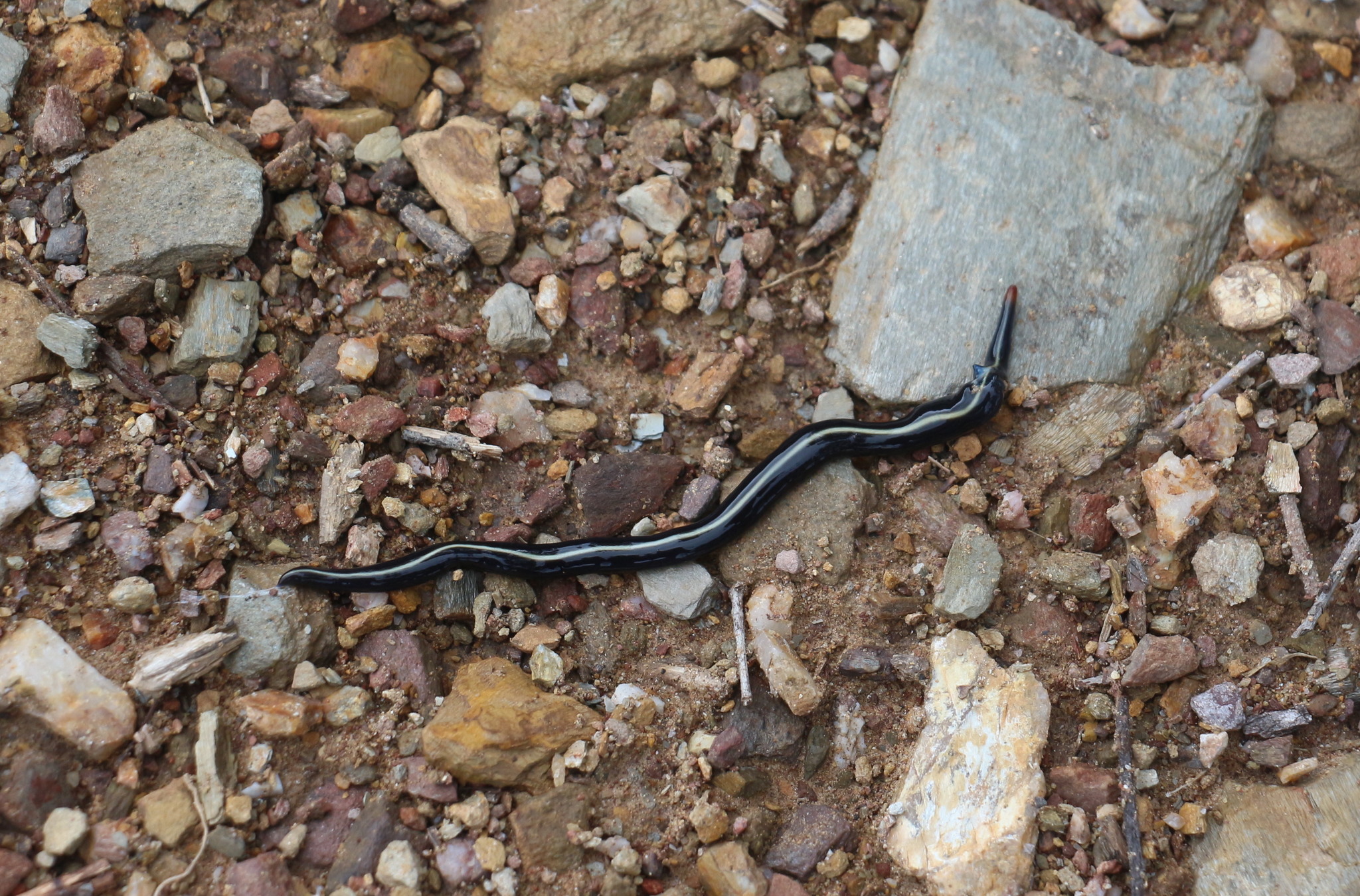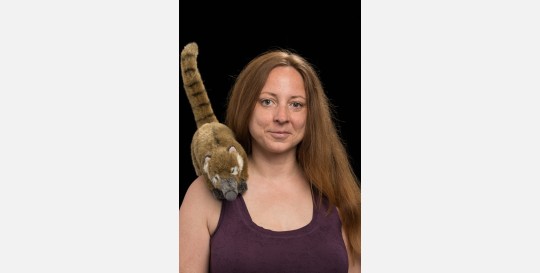FlatwormWatch Project

Why learn about flatworms?
The aim of FlatwormWatch is to discover with the help of citizens which species of exotic terrestrial flatworms are already present in Belgium.
Additionally to contributing to the inventory of species observed in Belgium, the project also aims to map their distribution, understand how these species arrived in the country, and raise awareness about the risks posed by exotic terrestrial flatworms.
Exotic flatworms can have a major negative impact on earthworms and other invertebrates in your garden. They can disrupt biodiversity and the fertility of the soil. An important first step to combat these little-known animals is to map the populations present in Belgium and understand how they accidentally disperse through transport of plants or soil. Furthermore, increased awareness will also lead to quicker reactions in the field when new species are spotted in the future.


How to participate?
As a participant in the project, you will actively search for these little-known worms in various places. You can explore hidden corners of your garden or greenhouse, inspect your potted plants, and even take a closer look at your terrarium. Have you spotted a flatworm? Try to identify its name using our practical identification key and record your observation on the FlatwormWatch page. Of course, if you are unsure about your observation, experts will help you identify it. As a participant, you will improve your skills in identifying small soil creatures and see your garden from a whole new perspective! Haven’t spotted a flatworm? No worries—exotic flatworms are bad news for the life in your garden.

Become a FlatwormWatcher!
Is your curiosity piqued? Fill out the online form to get updates about the project's results and learn more about flatworms. You can even sign up for training to become a true FlatwormWatcher. Of course, the observations will also be made publicly available. We thank you in advance for helping us better understand these mysterious animals and protect our native fauna!
If you're eager to start searching, don't forget to read these tips and tricks! And visit the website www.iasregulation.be/en/flatwormwatch for all the information about the project.
Contact
Arnaud Jacobs and Jane Reniers
National Scientific Secretariat on Invasive Alien Species
Institute of Natural Sciences
secretariat@iasregulation.be

